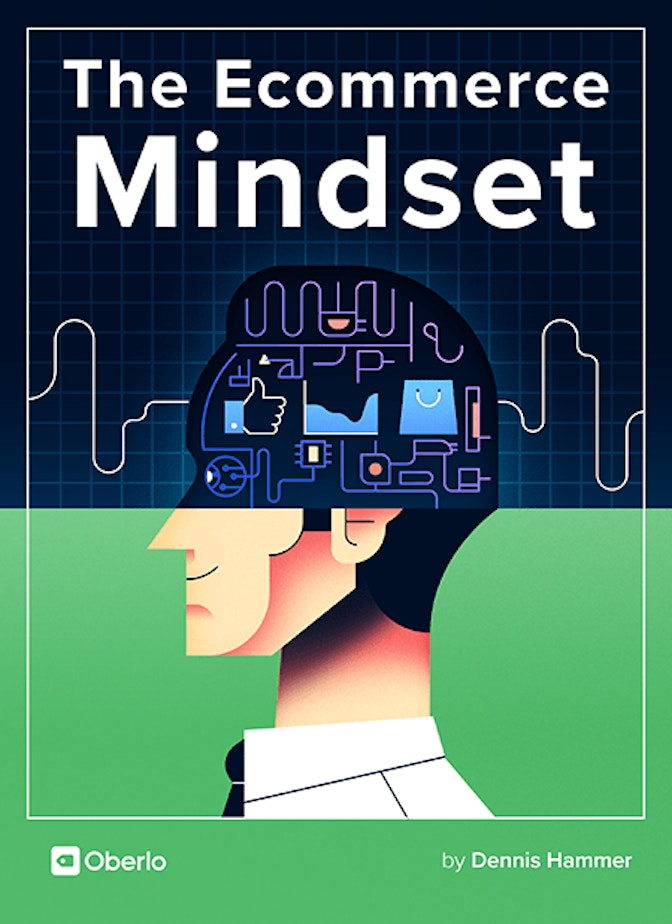Lisa Paul Heydet, owner of ZizzyBee Bags, has always preferred the path of slow and steady growth. She likes to create “grassroots” campaigns, taking advantage of free tactics and tools wherever possible.
After relaunching her brand in 2017, she was looking to take the next steps.
In July, she hired a marketing firm to help grow her brand, get some press coverage, and most importantly, get her products into retail stores. The firm’s $2,000/month retainer was a hefty sum, but Lisa’s margins were good. She hoped their connections and the results would cover the expense.
Without gathering input from her consultant or lawyer, Lisa agreed to hire the firm.
“The problems began in early August,” she told us. “Right after agreeing to our deal.”

The first account executive assigned to her account left the company. It took the replacement a couple weeks to catch up, but then, she too left the company at the end of the same month.
At this point, Lisa was frustrated.
She was paying her monthly dues, but there was little work to show for it. By late August, she hadn’t heard from the firm at all until she reached out to them.
It’s now September, and Lisa learns that the firm’s director took over her account… right before taking a 2-week holiday. By October, Lisa was out $8,000 and had only received a small handful of press features, all of which she could have gotten on her own.
Lisa isn’t new to ecommerce. She’s been selling for years. She’s a savvy entrepreneur who doesn’t keep burning her money on a bad investment.
Once she realized she had gotten a raw deal, she took the necessary steps to terminate her relationship with the marketing firm.
But there was another problem:
Lisa had never signed a contract with the firm. She assumed this meant she could break away at any time. But she would learn later that the firm signed a digital contract on her behalf, one she’d never even seen. According to the contract, the firm was entitled to 5% of any purchase orders over the next year.
Fortunately, her lawyer helped her get out of the contract without paying the residual, but she walked away from the experience feeling discouraged, annoyed, and out a bunch of money.
“The press features only created a trickle of traffic to my online store,” she said. “And I didn’t reap any benefit from their retail contacts.”
In the end, Lisa admits her biggest mistake was violating her own plan. “I had my own rules. I wanted manageable growth, but I was seduced by the marketing firm’s promises. I should have taken a minute to consult my mentors before pulling the trigger on such a large commitment.”
Like a lot of ecommerce entrepreneurs, Lisa paid a premium to learn a hard lesson.
At the end of 2017, her sales weren’t much better than any other year. Sure, her knowledge is greater, and she has more wisdom to pass on to aspiring or beginning entrepreneurs. But that doesn’t take away the sting of a year and thousands of dollars lost.
We asked Lisa to boil down what she learned in 2017. Here’s what she said:
There are a lot of resources available now. Information is so easy to find. Take advantage wherever you can, but recognize your weaknesses and make sure you understand what you’re getting yourself into. You can set up your store alone, but you can’t build a brand by yourself. Create a network of smart, helpful people to lean on when you have questions and doubts. Test new ideas and campaigns before diving in with all your money. And most importantly, take a step back every so often and appreciate what you’ve built.



Stand on the Shoulders of Giants
Like Lisa said, there’s a lot of information available to you.
You don’t have to repeat the mistakes (and suffer the same consequences) of past ecommerce entrepreneurs. Instead, you can use their lessons to leap over obstacles and challenges before you ever see them.
→ Click Here to Launch Your Online Business with Shopify
[highlight]Albert Einstein once said, “The only source of knowledge is experience.” He was right, but it doesn’t have to be your experience. You can leverage knowledge from other people’s lessons. You can stand on the shoulders of giants.[/highlight]
That’s not to say your journey will be easy. After all, you’ve probably decided to build an ecommerce store because it’s a simple model that doesn’t require a big investment. But that doesn’t mean your journey won’t involve challenges.
You’re probably starting to feel that way already. What at first seemed like a simple idea has grown more complex. You’re learning about SEO, email automation, customer service, and hundreds of strategies, tactics, and tools you need to know. It seems like every time you learn something new, there’s another new thing to learn.
Does it ever end?
So you’re anxious. You’re wondering if you can do this. And you’re nervous your new endeavour will siphon your money, your sanity, and your soul. You might be asking yourself questions like…
- “Do I have all the right skills?”
- “Do I have to build a brand?”
- “Do I need a business plan? What does that look like?”
- “How do I calm down an angry customer?”
- “How do I drive traffic to my website?”
…and a million others.
Fortunately, you can relax. Your fears are commonplace. All online entrepreneurs have doubts. And that’s where this guide comes in.



What’s In This Guide
In the following sections, we’ll run through the most common mistakes new ecommerce store owners make. We want to help you avoid the biggest ecommerce pitfalls, whether you’ve already built your store or you’re just getting started.
You’ll read some candid stories about failures, comebacks, and lessons learned. We’ll give you a brutally honest look into real entrepreneurial setbacks, as well as how to recover from them.
Our goal is to make you aware of the obstacles you could face as you embark on your journey. We’ll give you some strategies to advance to the next stages, but we can’t tell you everything.
We’ll talk about some big concepts that just won’t fit in a single resource. So use each section of this guide as a launchpad to ask more questions, grasp new knowledge, and further your own personal development.
Most importantly, we urge you to read each section with a sense of optimism. Positivity and a yearning for something greater in life are what drive entrepreneurs.
Do not let go of these feelings.
Yes, you will read about the challenges, struggles, and problems related to building your store, marketing your brand, and serving customers. But don’t let them solidify your fears.
Instead, use the following lessons as tools to arm yourself against the rigors of your ecommerce journey.


